2. The Pillaro Diablada
La Diablada de Plaro is a cultural festival and an opportunity to experience Ecuador’s warmth and hospitality.
Participants in the festival dress up in elaborate masks and costumes to dance and parade through the streets, celebrating Andean culture and Spanish colonial history. The Spanish conquistadors and the region’s indigenous peoples influenced the costumes, resulting in a unique cultural fusion.
The event is a true spectacle, with music, dance, and fireworks lighting up the town. It comes with beautiful traditional costumes, and the energy of the celebration makes for an unforgettable experience.
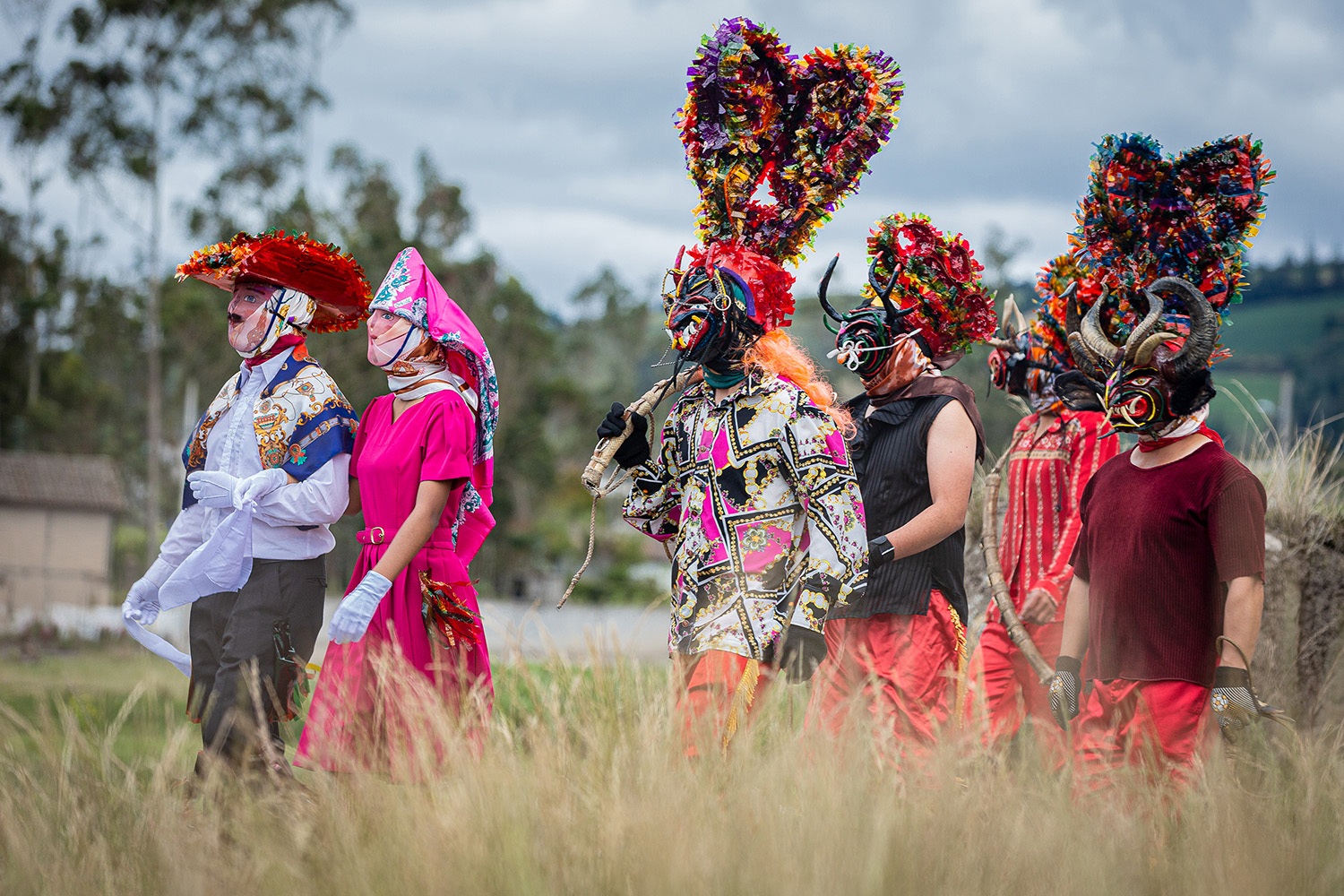
3. The Galápagos archipelago is located about 1,000 km from continental Ecuador and is composed of 127 islands, islets and rocks, of which 19 are large and 4 are inhabited. The Galápagos Islands are home to many endemic species, among them are Galápagos penguin, Galápagos giant tortoise, Galápagos fur seal, Galápagos marine iguana and more.
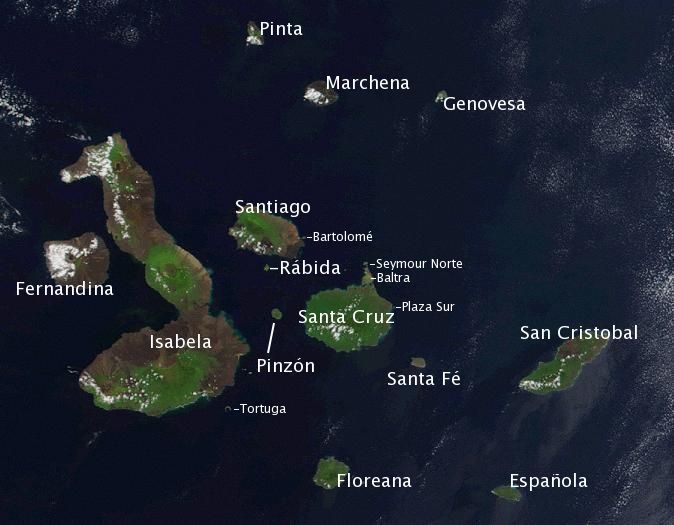
 | 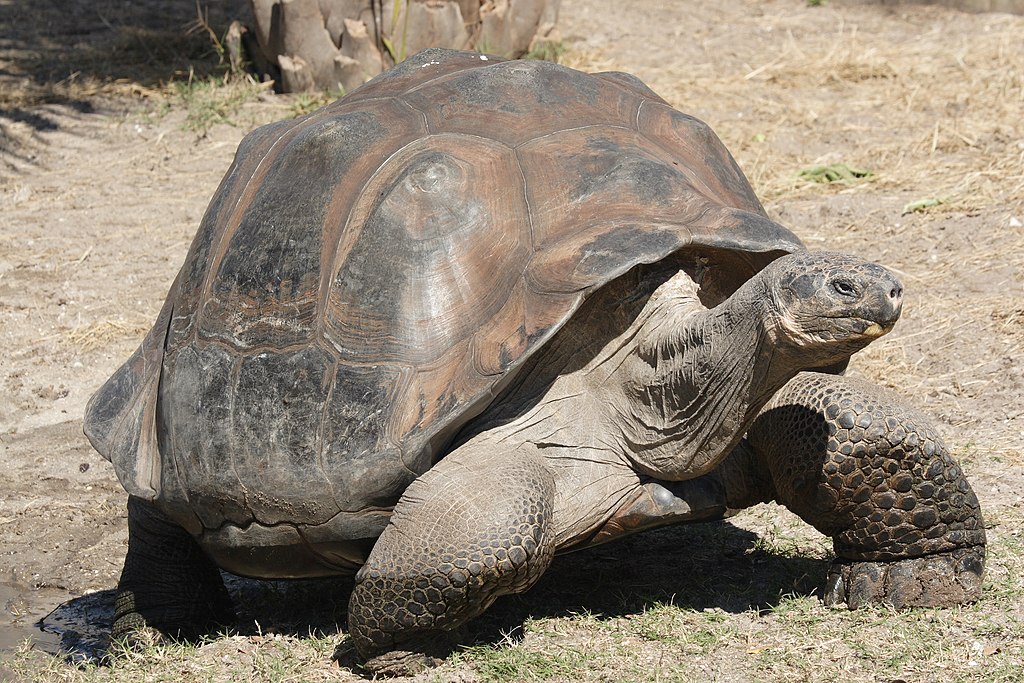 |
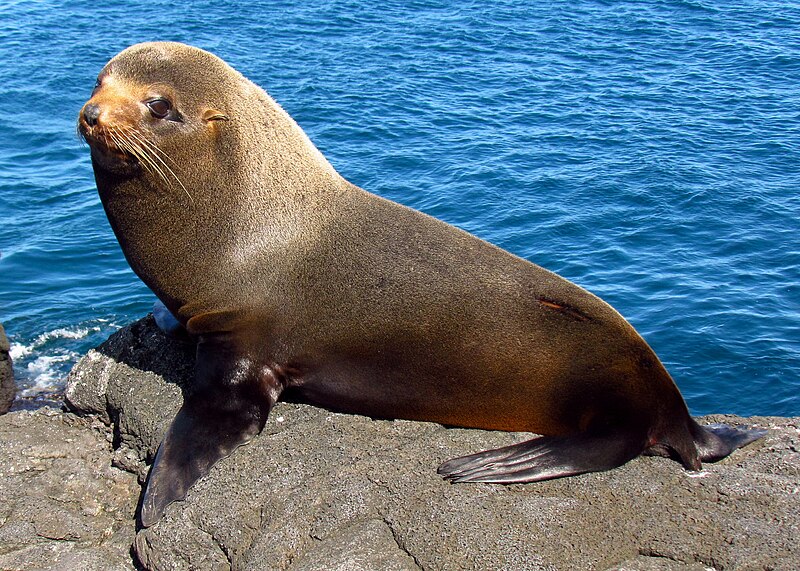 | 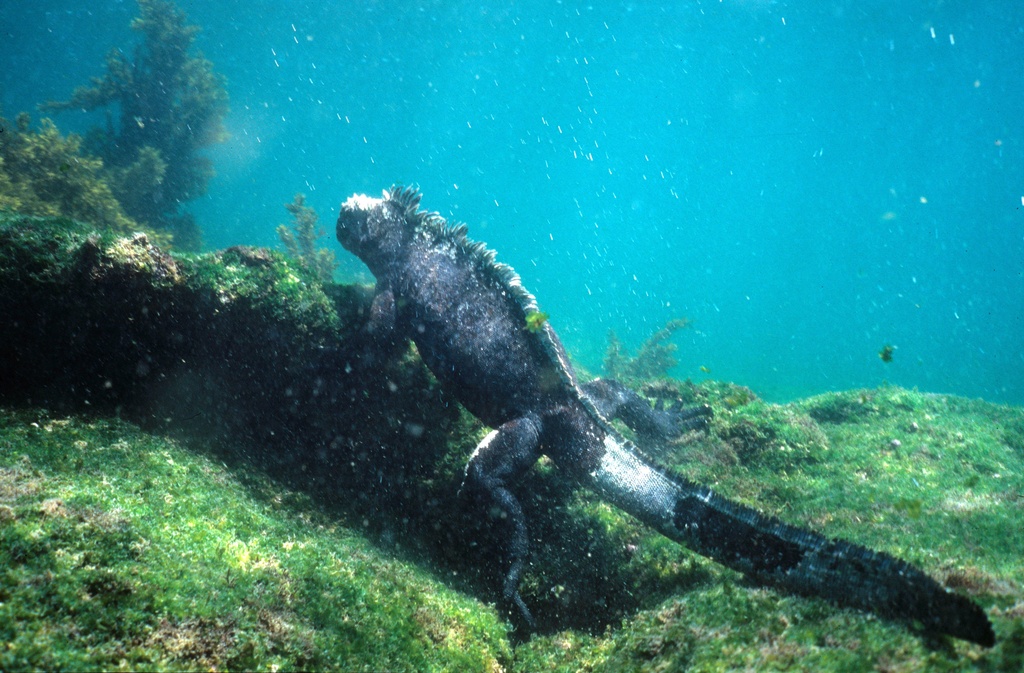 |
Minchane:
1.Mitad del Mundo
The translation of Mitad del Mundo is 'middle of the world' and the attraction gained popularity for people wanting to walk on the equatorEcuador's name comes from the Spanish word for the equator. The country, which straddles the equator, even has a monument built to celebrate its location in the middle of the world, found about 24 kilometres from the capital of Quito in San Antonio de Pichincha
value of the acceleration due to gravity at the pole is larger than at the equator because the poles are closer to the center of the earth due to the earth's oblateness.

This thing, used to give me nightmares in my highschool physics numericals
4. Ecua-volley
Ecua-volley is a variant of volleyball invented and played in Ecuador. Its popularity has also spread to Colombia, the United States, and Europe!
if you like to know the cultural traditions of the countries you visit, you must know this game, and also the atmosphere that is generated around it.

The setup of the game is similar to volleyball, with a few key differences:
- Each team is made up of three players: the setter , the flyer and the server .
- The net is higher and tighter: 2.80 meters high and 60 centimeters wide.
- The court is made of cement (ouch!) and has the same dimensions: 18 meters long and 9 meters wide.
- The game is played with a mikasa ft-5 soccer ball.
- Games consist of two sets of 15 points. If both teams agree, they can alternatively play two sets of 15 points with the option of a third tie-breaking set.
- The ball can be held each time it is received, as long as the holding lasts less than one second.
5.Encocado de pescado (Fish with coconut sauce)
This is a traditional dish from the Esmeraldas province, on the Ecuadorian coast. It is a coconut and fish based dish (although it can also contain other seafood) and is served with white rice, patacones (flattened slices of fried green plantain) or maduro frito (fried ripe plantain). This plate tends to be prepared with corvina, however, it can be prepared with other types of fish. You will simply love this dish!

ZhouYanRan:
@aenoee
Ecua-volley must be a painful sport to play. Cement court is hazardous to your knees and ankles, especially when you have to jump this high, and a football is hazardous to your fingers, since it's harder than a volleyball. Ecuadorians seem to like the risk...
Yeah Zhou, that’s y wrote ( ouch in red)..
Yeah it seems they r risk takers…….no pain no gain…..here gain is, the joy they are feeling.
8. Devil’s Nose Train Ride
Ride the Devil’s Nose Train as you witness the most dramatic landscapes. This is the most iconic train ride ever, down the rocky slopes of the Andes through some of Ecuador’s most breathtaking scenery. Devil’s Nose is not just an adventurous ride, it is one of the most impressive pieces of engineering. Imagine a zigzag railroad that climbs more than 500 meters in less than 12 km with steep ascents and descents. That’s Devil’s Nose!

10. Salsa Music
Salsa music is a popular genre in Ecuador that has evolved to incorporate a variety of musical styles over time.
The upbeat tempo, infectious rhythms, and catchy melodies distinguish Ecuadorian salsa. It includes brass instruments such as trumpets and trombones, contributing to the genre’s lively sound.
Salsa music is an important part of Ecuadorian culture and is celebrated throughout the country at festivals and dance clubs. You can sometimes even see a group of locals just engaging in it at public squares.









